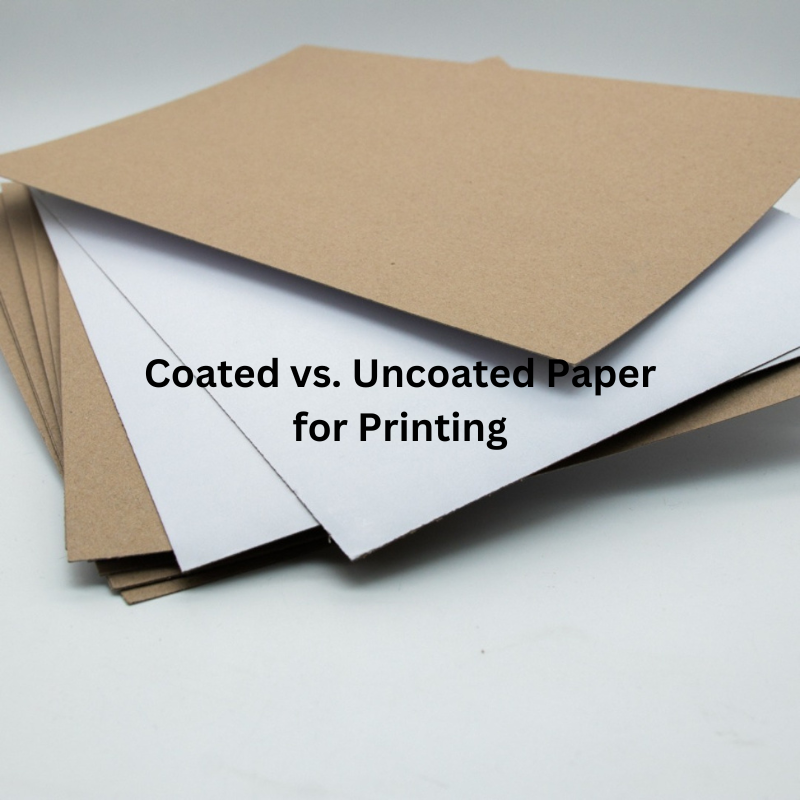Understanding the Differences for High-Quality Duplex Printing: Coated vs. Uncoated Paper

About the best high-quality duplex printing paper on the planet that is recommended for both dye sub printing and aqueous pigment ink printing
A fundamental factor that should not be overlooked in obtaining the best results from high-quality duplex printing is the use of coated or uncoated paper. Each type of paper has its own unique and distinctive points that can significantly affect the final print result, especially in duplex paperboard.
Coated paper has a smooth, glossy finish that is achieved by coating clay and other substances on the surface of the paper. This coating not only makes the paper smoother than before but also provides protection that makes it less susceptible to ink pollution. On the other hand, uncoated papers lack such a coating and develop a more natural texture.
Printing on both sides of the sheet enhances this difference between coated and uncoated paper. Its image reproduction and text clarity are sharper due to its smooth surface, often making it a popular choice for duplex printing. Coated paper also offers high ink holding capacity, preventing ink from transferring to the other side of the sheet; This results in cleaner and brighter duplex prints on both sides.
But it’s also important to think about the specific benefits of uncoated paper, especially when it comes to duplex printing. Uncoated paper may not provide the same clarity of image and vibrancy in color as coated options, but its higher ink absorption provides a softer, more matte finish. This may be particularly desirable for certain applications such as packaging and promotional materials that require a dull or textured surface.
When choosing paper that is printed on both sides (duplex printing) on a duplex paper board, you should look for some critical requirements depending on the product to be produced. As we said, coated paper is most preferred when it comes to high-resolution images and graphics that require precise accuracy with very bright colors. Uncoated paper may be better suited for projects that are more rigorous and value more physical interaction in real life such as brochures, business cards or invitations.
Additionally, this decision can affect other components of the duplex printing process (ie, dry time and ink adhesion) as well as aspects related to durability. This allows different drying strategies to be used to ensure the best print quality and non-smear, especially for duplex printing applications. On the flip side of coated paper, uncoated paper absorbs ink differently and may require changes in how the ink is applied or dried to maintain its texture yet provide the best results for your design.
But with duplex, it’s not that simple; The choice of coated or uncoated paper is not straightforward for duplex printing on 2-sided artwork pieces. Each paper type has its advantages and trade-offs, which can greatly affect the final print result. Designers and printers who know the differences can make informed decisions about what may and may not be necessary for a project, offering quality results in duplex printing that are second to none — each dedicated job has unique requirements.

